Swette Sustainable Food Systems
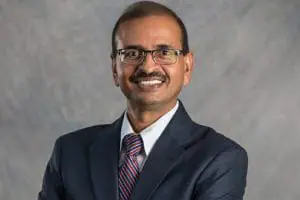
Meet affiliated faculty Ashok Mishra
Read on for an interview with Ashok Mishra, Kemper and Ethel Marley Foundation Chair in Food Management at the Morrison School of Agribusiness in the W. P. Carey School of Business.
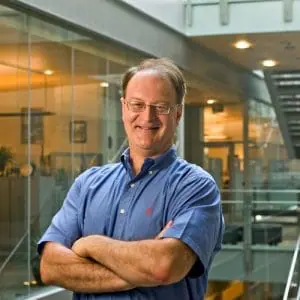
Meet affiliated faculty Bruce Rittmann
Read on for an interview with Bruce Rittman, director of Biodesign Swette Center for Environmental Biotechnology.
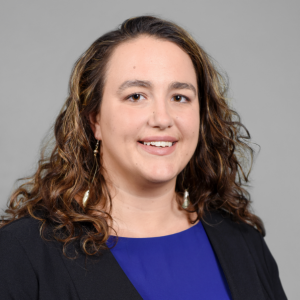
Meet affiliated faculty Roseanne Schuster
Read on for an interview with Roseanne Schuster, assistant research scientist at the School of Human Evolution and Social Change in the College of Liberal Arts and Sciences.
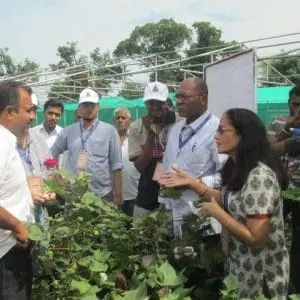
Meet affiliated faculty Rimjhim Aggarwal
Read on for an interview with Rimjhim Aggarwal, associate professor in the School of Sustainability.
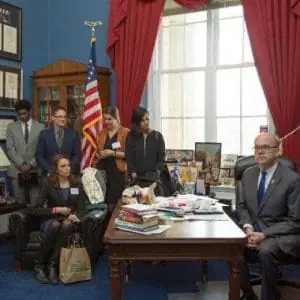
Game on
Applications are being accepted for the new Food Policy and Sustainability Leadership Certificate graduate program, highlighted by Civil Eats in this article on food related fellowships.

Meet affiliated faculty Stavros Kavouras
Read on for an interview with Stavros Kavouras, professor of nutrition in the College of Health Solutions and director of the Hydration Science Lab.

Meet affiliated faculty Carola Grebitus
Read on for an interview with Carola Grebitus associate professor of food industry management at the Morrison School of Agribusiness in the W. P. Carey School of Business.
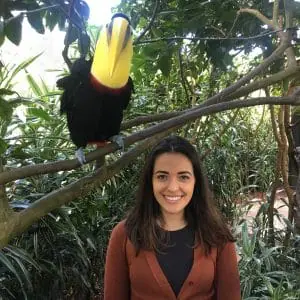
Meet affiliated faculty Lauren Chenarides
Read on for an interview with Lauren Chenarides, assistant professor at the Morrison School of Agribusiness in the W. P. Carey School of Busines

Meet affiliated faculty Joan McGregor
Read on for an interview with Joan McGregor professor in the School of Historical, Philosophical and Religious Studies at the College of Liberal Arts and Sciences.

Meet affiliated faculty Jeff Englin
Read on for an interview with Jeff Englin, professor in the Morrison School of Agribusiness at the W. P. Carey School of Business.

Meet affiliated faculty Dave White
Read on for an interview with Dave White, professor in the School of Community Resources and Development, Watts College of Public Service and Community Solutions.
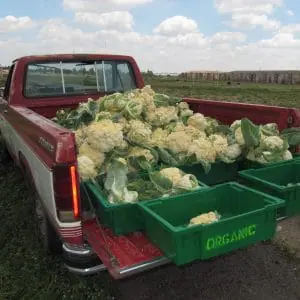
Scientists map food supply chains for every US city
Arizona State University and Northern Arizona University scientists have teamed up to map the food, energy and water supply chains for every community in America in a new project called FEWSION.